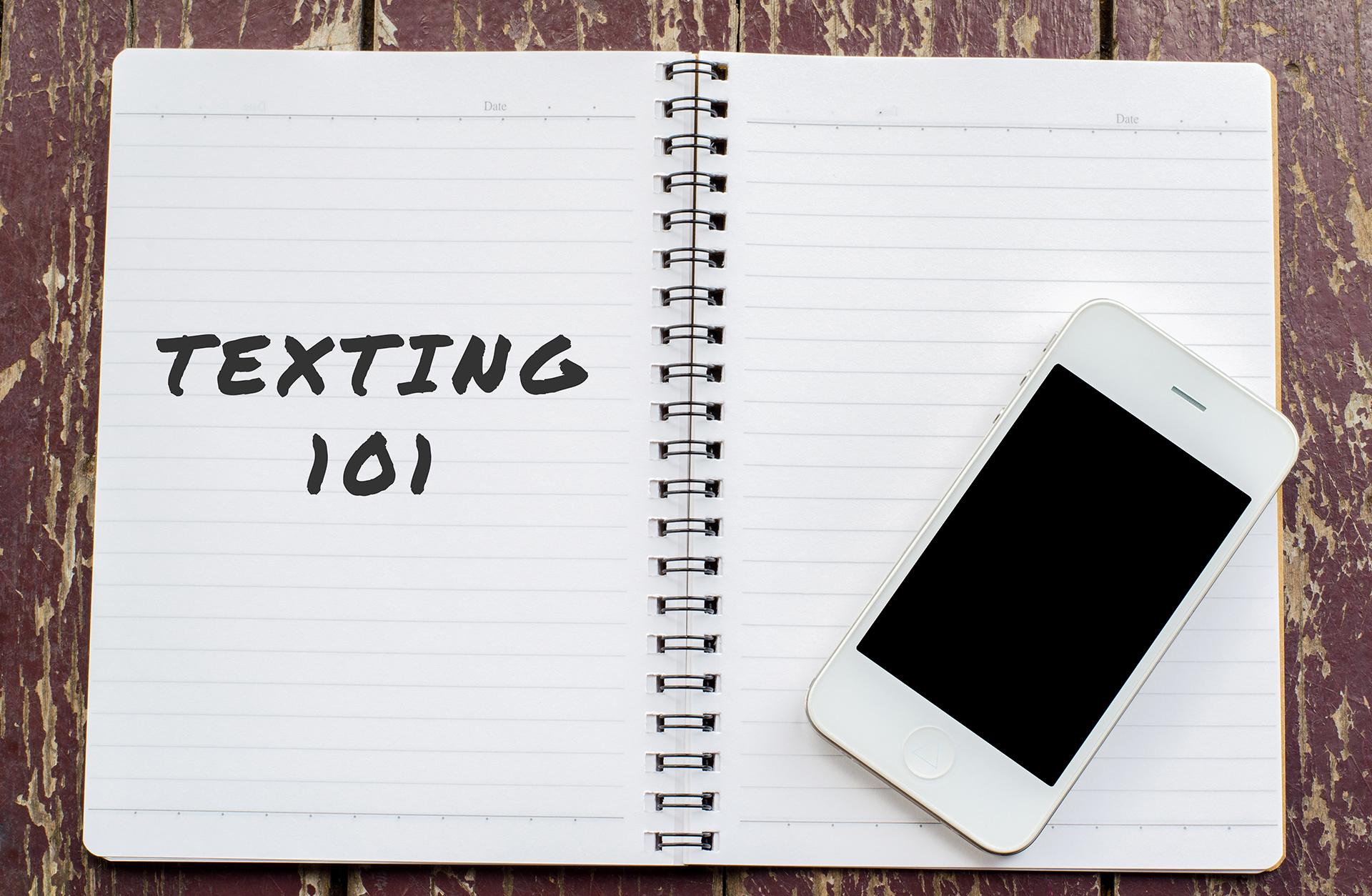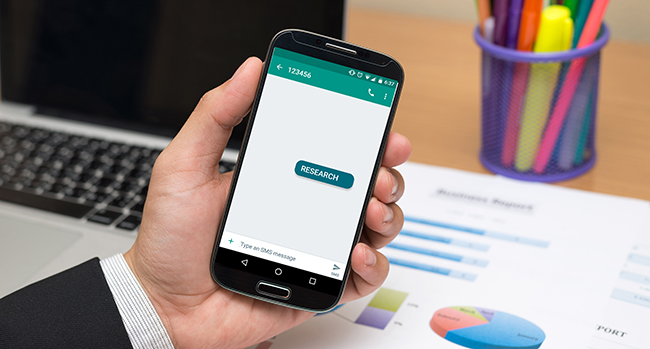
People are always interested in learning. The constraint that keeps them from doing so is often a lack of time. When’s the last time you had time to study a 20-page lesson or view a few hours of video instruction to learn something new? Imagine being able to learn a concept or a skill via

Interactive content has been touted as the future of storytelling for marketing. But consider putting the human in interactive content, transforming the experience to purposeful conversation with SMS messages. SnapApp defines interactive content as “Content that requires the participants’ active engagement — more than simply reading or watching. In return for that engagement, participants receive

Keywords are a concept that every marketer is familiar with, usually in relation to search engine optimization (SEO). But SMS messages give keywords a higher place of prominence for your audience. Instead of just sourcing information, texting a keyword allows customers to start a messaging conversation that is relevant to them in a way that

SMS messages make it simple for you to reach out to your clients and patients with personalized promotional offers for products, discounted services and more. Even better, your clients and patients are more likely to read text messages than any other form of promotion, by a factor of 6 or more. That means you can

SMS messages simplify management and amplifies promotion for a variety of non-profit events. Since your donors tend to read your text messages, and you’re focusing on personal interests to attract and engage them, you’ll find that messaging for promotions and events is very effective. Anytime you need to promote and register donors for an event,

Text messaging makes it easier for you and your students to apply and confirm their enrollment and acceptance. Moving from email to text solutions for higher education also makes it easier for students to ask for your help and for you to continue building on the relationship you began during your recruiting process. Since text

Are you loyal to one screen? We don’t think so. Neither is your customer. Millennials especially, switch between mobile phones and their laptops. They are the ‘mobile first’ generation. Millennials may be your current customers and will definitely be your future customers. You need to ask yourself whether your marketing strategy is using the means